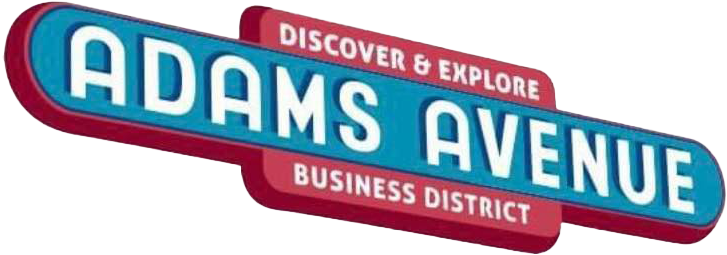In April, attempting to advance the city’s Climate Action Plan goals, Mayor Kevin Faulconer proposed to eliminate 100% of the on-street parking spaces along 2½ miles of 30th Street, to install protected bike lanes. This will have dire economic consequences to many small business owners.
Eliminating over 500 parking spaces on 30th Street, from Adams Avenue to Juniper Street, poses an existential threat to much of this linear commercial district. Parking for customers, residents, people with disabilities, delivery drivers, rideshare drop-offs and valet zones are critical to the continued success of this thriving small business community.
Safe, protected bike lanes are good for communities, however, eliminating all parking is not. Alternative plans exist that would ensure safe, protected bike lanes on 30th Street while minimizing the loss of on-street parking. Recently installed protected bike lanes in downtown San Diego (and in other parts of the country) utilize floating parking and are examples of alternative solutions.
The 30th Street corridor connects the business districts of North Park, El Cajon Boulevard and Adams Avenue, managed respectively by North Park Main Street (NPMS), El Cajon Boulevard Business Improvement Association (ECBBIA) and Adams Avenue Business Association (AABA).
All three groups support protected bike lanes, previously studying this issue by commissioning the 30th Street Bike Accommodation Study in 2016, examining design options that increase cyclist safety while minimizing impacts on parking availability. We can have safe, protected bike lanes while minimizing the loss of on-street parking along the 30th Street corridor.
The economic renaissance of 30th Street and the surrounding Mid-City commercial area, is due to a unique partnership between the city and private sector led by city-sponsored programs called Business Improvement Districts (BIDs). The BIDs and their nonprofit management corporations (NPMS, ECBBIA and AABA), represent their property and business owner’s interests. BIDs are formed pursuant to state law and defined as Parking and Business Improvement Districts that are disadvantaged by, among other things, commercial parking conditions.
San Diego BIDs are under contract with the city to provide a variety of enhanced services and improvements.
We oversee parking management solutions, promote multi-modal mobility, empty trash cans, pressure-wash, plant and maintain street trees, provide pedestrian and streetscape enhancements, fund area security, paint over graffiti, sponsor public art, fundraise, support new business starts and market the area. We produce some of the
city’s most popular events on Adams Avenue and in North Park, like the upcoming CicloSDias, among other festivals and celebrations. We are staffed by professional experts who operate programs that have revitalized our districts and have created commercial areas inviting for people to work, shop, live and play in. Sometimes, people need to park their cars.
As a business community, we believe that there are ways to meet the city’s Climate Action Plan goals by expanding safe cycling routes while minimizing parking loss. Any realignment of 30th Street should be approached from a comprehensive multi-modal community planning perspective that considers the impact on all stakeholders.
Representatives from the mayor’s office and climate action advocacy groups proposing the elimination of parking on 30th Street have admitted in negotiations to their willingness to force people out of their cars by making it more difficult to park.
Frustrating drivers by unnecessarily eliminating parking options is not a successful strategy for changing people’s behavior. In many cases, customers will drive to other areas where parking exists. Besides, eliminating parking in one commercial district to save the environment while maintaining parking in every other business area is not an equitable solution and will place the 30th Street corridor at a competitive disadvantage.
Mid-City is among the densest areas in San Diego and a large influx of development is currently underway — with existing on-street parking already a scarce commodity. Additionally, the city’s University Avenue Mobility Plan and the San Diego Association of Governments’ bikeway improvements will soon eliminate hundreds more spaces.
The mayor’s staff argues that there is an underutilized paid parking garage at 30th and University (owned by the city) that can accommodate the loss of street parking.
That’s true enough if you are planning an extended visit close to that location, but not very useful if you are heading to El Cajon Boulevard, Adams Avenue, Upas or Juniper Streets, or planning to drive by for a quick cup of coffee or to pick up your dry cleaning.
We urge the mayor to listen to community partners and not rush a design that could have devastating economic impacts in our districts.
Creating safe bike lanes while preserving most of the parking is possible. With thoughtful planning, we can serve everyone’s interests.
Landsberg is executive director, North Park Main Street; Thomas is executive director, El Cajon Boulevard Business Improvement Association; Kessler is executive director, Adams Avenue Business Association.





